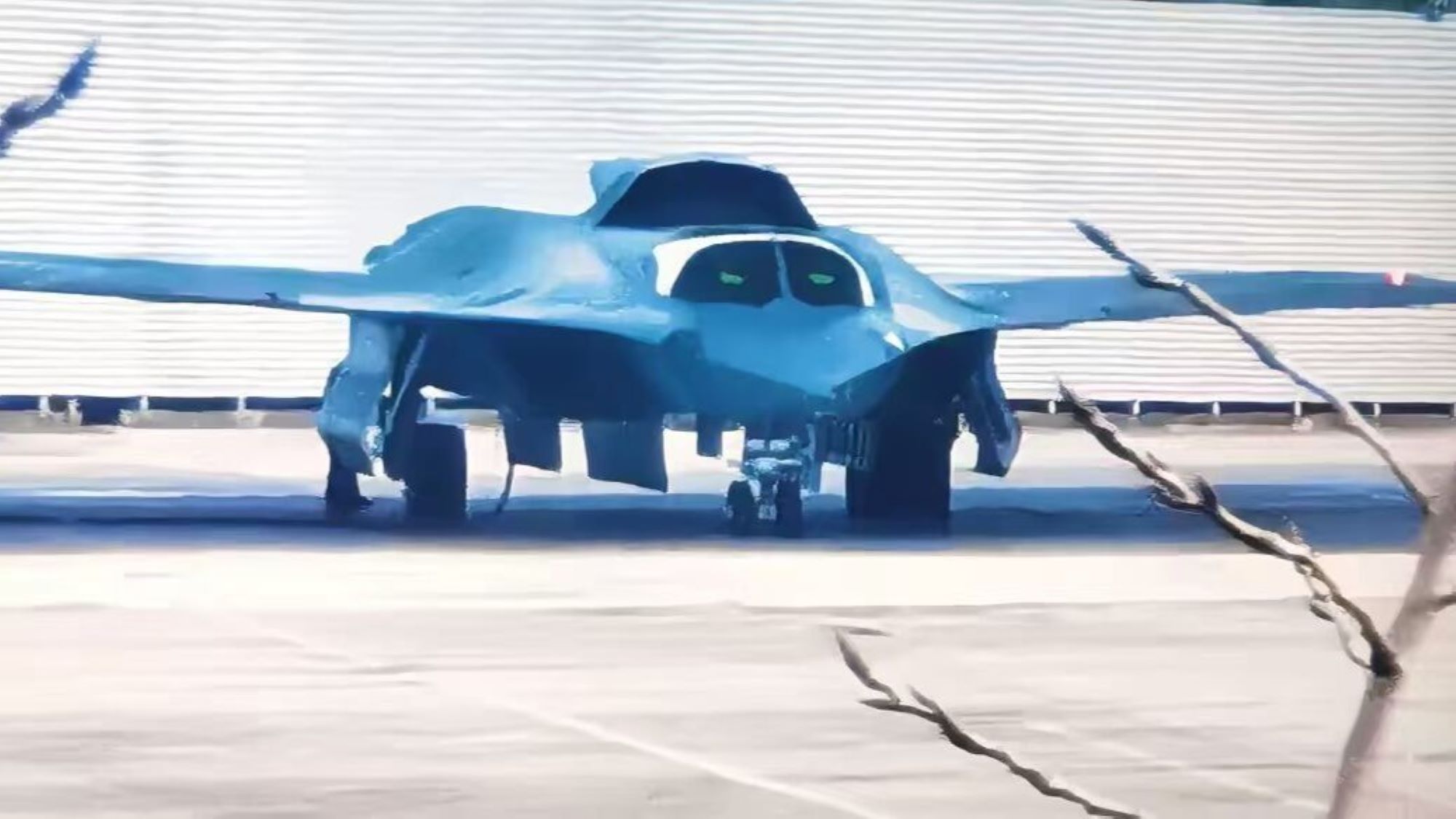Transcritical Co2 Market to Redefine the Future of the Industry
The global Transcritical CO₂ market is undergoing a phase of remarkable transformation, spurred by mounting environmental concerns, stringent refrigerant regulations, and a growing demand for sustainable refrigeration technologies. As industries and governments transition toward low-global warming potential (GWP) refrigerants, CO₂ refrigeration systems using transcritical cycles are emerging as a viable and eco-friendly alternative to traditional hydrofluorocarbon (HFC)-based systems.
Market Overview
Transcritical CO₂ (R-744) systems operate beyond the critical point of CO₂, making them highly efficient under certain climatic conditions, particularly in moderate and cooler regions. These systems are increasingly being used in commercial refrigeration, food retail, cold chain logistics, and industrial applications. Unlike synthetic refrigerants, CO₂ is a natural refrigerant with a GWP of 1, making it ideal for companies striving to meet evolving environmental standards.
Global Transcritical CO2 Market size and share is currently valued at USD 53.22 billion in 2023 and is anticipated to generate an estimated revenue of USD 187.94 billion by 2032, according to the latest study by Polaris Market Research. Besides, the report notes that the market exhibits a robust 15.1% Compound Annual Growth Rate (CAGR) over the forecasted timeframe, 2024 - 2032
Key Market Growth Drivers
1. Global Shift Toward Sustainable Refrigerants
One of the most significant growth drivers is the global movement away from HFCs and other synthetic refrigerants with high GWP. Regulatory frameworks such as the Kigali Amendment to the Montreal Protocol, the European F-Gas Regulation, and North American refrigerant phase-down policies are accelerating the adoption of natural refrigerants like CO₂.
Companies across industries are aligning with these policies to reduce their carbon footprints and future-proof their operations. Transcritical CO₂ systems provide an ideal solution by offering high performance without contributing to climate change.
2. Rising Demand for Energy-Efficient Cooling Systems
Energy efficiency has become a top priority for both businesses and governments. Transcritical CO₂ systems offer notable advantages in terms of energy savings, particularly when paired with heat recovery units and ejector technologies. In retail environments such as supermarkets and hypermarkets, these systems have demonstrated significant cost and energy savings over their lifecycle compared to HFC-based systems.
Technological enhancements, such as parallel compression and multi-ejector modules, further improve performance in warmer climates—an area where CO₂ systems traditionally faced limitations.
3. Growth in Commercial Refrigeration Sector
The expansion of the commercial refrigeration sector, especially in food retail and logistics, is boosting demand for reliable and efficient cooling systems. Supermarkets, convenience stores, and cold storage warehouses require high-capacity, environmentally safe refrigeration systems.
With growing consumer demand for fresh and frozen food products, retail chains are investing in advanced cooling technologies. Transcritical CO₂ systems meet this demand while aligning with sustainability goals.
4. Technological Innovations and System Design Advancements
Continued R&D efforts have addressed many of the historical drawbacks of transcritical CO₂ systems. Improvements in compressor technology, gas cooler design, and heat exchangers have expanded the climate applicability of these systems. Moreover, integrated solutions with centralized monitoring and smart control systems allow for better energy management and remote diagnostics.
System manufacturers are also offering modular and scalable units, enabling easier adoption by small- and medium-sized commercial facilities.
Market Challenges
Despite its advantages, the Transcritical CO₂ market faces several challenges that need to be addressed for broader adoption:
1. High Initial Investment Costs
Compared to conventional HFC systems, transcritical CO₂ systems involve higher capital costs due to advanced equipment, system design complexity, and installation requirements. Although long-term operational savings can offset these costs, the initial expenditure remains a barrier for small-scale adopters.
2. Climate Limitations in Hot Regions
Traditionally, transcritical CO₂ systems have shown efficiency limitations in high ambient temperatures. While recent innovations like gas coolers and ejector technology have mitigated this issue, adoption in hot climates is still comparatively slow. System designers and OEMs need to tailor solutions to regional needs more effectively to expand market reach.
3. Limited Skilled Workforce and Training
The deployment and maintenance of transcritical CO₂ systems require specialized skills. A shortage of technicians trained in handling natural refrigerants, system optimization, and safety protocols can hinder adoption, especially in developing markets.
4. Infrastructure Gaps in Emerging Economies
In regions like South Asia, Africa, and parts of Latin America, the lack of supporting infrastructure and awareness about natural refrigerants remains a significant hurdle. The absence of incentives or regulatory enforcement further delays market penetration.
Browse Full Insights:
https://www.polarismarketresearch.com/industry-analysis/transcritical-co2-market
Regional Analysis
Europe
Europe is the frontrunner in the Transcritical CO₂ market, accounting for over 45% of global installations. The EU’s strict F-Gas regulations and climate policies have spurred widespread adoption in countries like Germany, the UK, France, and Scandinavia. Supermarkets across Europe have rapidly transitioned to CO₂ refrigeration systems as part of their green initiatives.
Governments are also funding training programs and R&D to support the transition to energy-efficient cooling technologies, giving the region a technological and regulatory edge.
North America
North America is seeing steady growth, particularly in Canada and select U.S. states like California, where refrigerant policies are becoming stricter. Retail giants are replacing aging HFC-based systems with CO₂ alternatives to comply with state-level regulations and corporate sustainability goals.
With the U.S. Environmental Protection Agency (EPA) pushing for low-GWP refrigerant adoption, more facilities are transitioning to natural refrigerants, driving market momentum.
Asia Pacific
Asia Pacific is emerging as a promising market due to rapid urbanization, increasing demand for cold chain logistics, and regulatory changes. Countries like Japan and South Korea are early adopters, with a strong emphasis on green building initiatives and sustainable cooling. China and India, while still in early stages, are expected to witness accelerated growth as policies mature and awareness spreads.
Japan, in particular, is a global leader in transcritical CO₂ system installations in convenience stores and food retail chains.
Latin America
Latin America is gradually adopting transcritical systems, led by countries like Brazil and Chile. Support from environmental organizations and international climate funds is helping bridge financial and knowledge gaps in the region. The food processing and cold storage industries are expected to be primary adopters.
Middle East & Africa
Although adoption is currently limited, awareness about eco-friendly refrigerants is growing in the Middle East and Africa. Energy efficiency initiatives, coupled with foreign investment in green building projects, may fuel demand for transcritical CO₂ systems in the coming years.
Key Companies
Numerous global players are driving innovation and expanding their presence in the Transcritical CO₂ market through strategic partnerships, new product launches, and regional expansions. Their focus is on improving efficiency, reducing system costs, and enhancing adaptability in warmer climates.
Some strategic trends among leading companies include:
-
Modular CO₂ systems for scalable applications.
-
Ejector and parallel compression technologies to expand use in hot climates.
-
Remote monitoring systems to optimize performance and reduce downtime.
-
Training programs and technician certification to address the skills gap.
These companies are also investing heavily in R&D and collaborating with universities and government bodies to accelerate product development and standardization.
Future Outlook
The global Transcritical CO₂ market is on a robust growth path, propelled by sustainability mandates, energy efficiency goals, and evolving technologies. With increasing emphasis on reducing carbon emissions and phasing out synthetic refrigerants, natural refrigerants like CO₂ will become mainstream across refrigeration and HVAC applications.
Emerging trends such as AI-enabled smart cooling, IoT-integrated system diagnostics, and combined heating-refrigeration solutions will shape the future of the industry. Public-private partnerships, financial incentives, and international regulatory harmonization will further boost market adoption, especially in developing regions.
Conclusion
As industries worldwide move toward climate-conscious operations, the Transcritical CO₂ market is set to play a pivotal role in the transformation of the refrigeration landscape. Backed by innovation, regulatory support, and growing demand for energy-efficient cooling, CO₂-based systems are carving a sustainable path forward for the global commercial refrigeration sector. With the push for natural refrigerants accelerating, the market is primed for widespread adoption and long-term growth.
More Trending Latest Reports By Polaris Market Research:
Underwater Acoustic Communication Market
Underwater Acoustic Communication Market
North America Endoscopy Devices
Cell & Gene Therapy Bioanalytical Testing Services Market
Nipah Virus Testing Market: Precise Diagnosis and Treatment for NiV Infected Population
Injection Molded Plastic Market
Injection Molded Plastic Market























































































































































